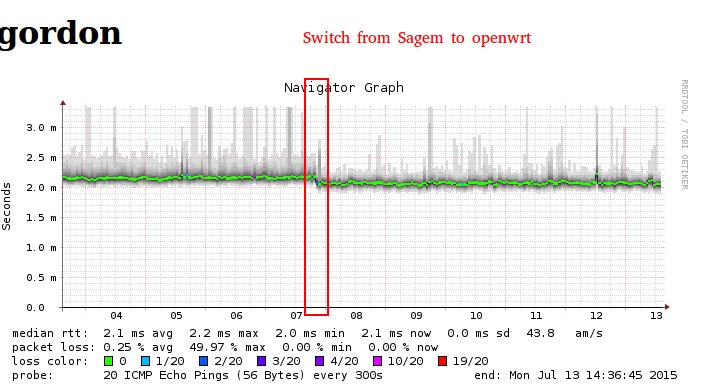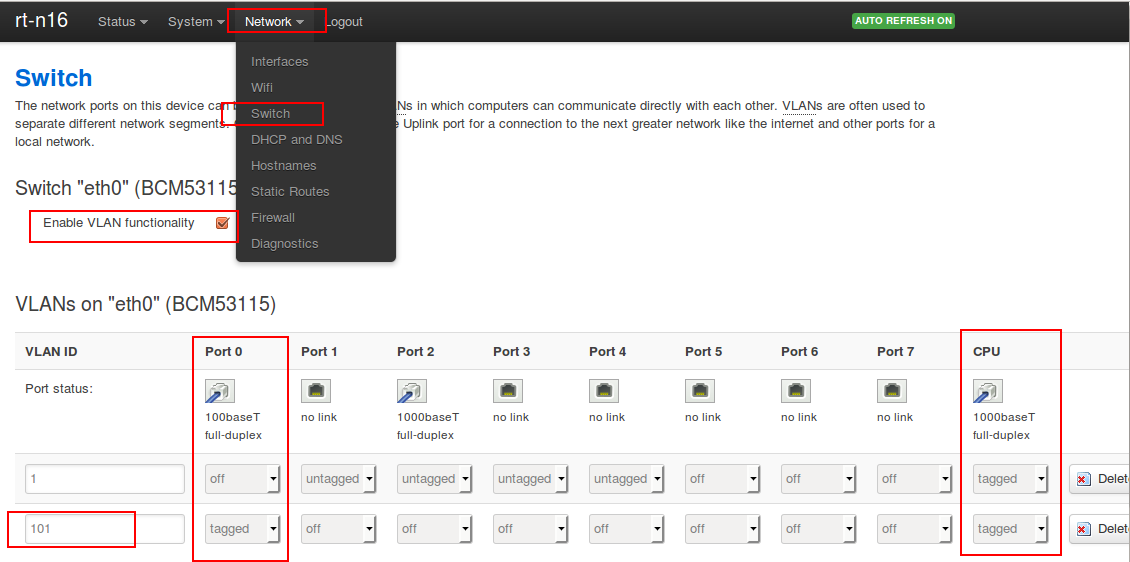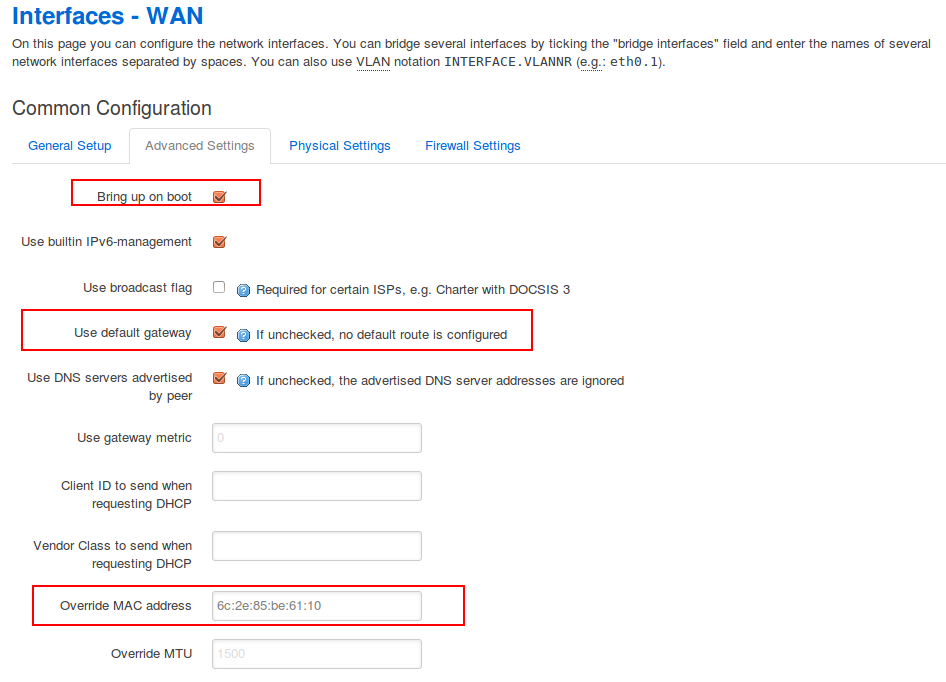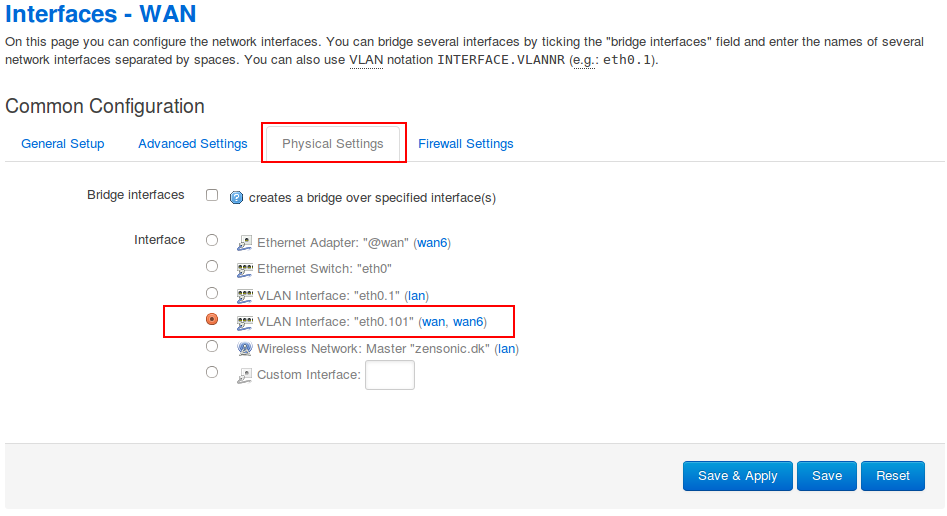Thread exhaustion on an HP-UX machine manifests itself by one or more of the following errors in
/var/adm/syslog/syslog.log
vmunix: kthread: table is full
vmunix: WARNING: hponc_thread_create(): error creating thread for autofskd (12)
sshd[8474]: fatal: fork of unprivileged child failed
sshd[1895]: error: fork: Resource temporarily unavailable
Keywords being thread and fork and failed. You should immediatly look at nkthread with kcusage
sudo kcusage nkthread
Tunable                Usage / Setting
=============================================
nkthread                5254 / 4096
You then get a descrption with
kctune
sudo kctune -v nkthread
Tunable            nkthread
Description        Maximum number of threads on the system
Module             pm_proc
Current Value     4096
Value at Next Boot 4096
Value at Last Boot 4096
Default Value      8416
Constraints        nkthread >= 200
nkthread <= 4194304
nkthread >= max_thread_proc
nkthread >= nproc + 100
nkthread >= (5 * vx_era_nthreads)
Can Change         Immediately or at Next Boot
You then resolve the problem with ie
sudo kctune nkthread+=8192
After that you would, as a good sysadmin start to look at the usage back in time. Mind you that the percentage you see is relative to the new tunable value you just set a moment ago, not what it was at the time of the measurement back in time!
sudo kcusage -m nkthread
Tunable:Â Â Â Â Â Â Â nkthread
Setting:Â Â Â Â Â Â Â 28051
Time                          Usage     %
=============================================
Thu 09/09/10Â Â Â Â Â Â Â Â Â Â Â Â Â Â Â Â Â Â Â 6285Â Â 22.4
Fri 09/10/10Â Â Â Â Â Â Â Â Â Â Â Â Â Â Â Â Â Â Â 6403Â Â 22.8
Sat 09/11/10Â Â Â Â Â Â Â Â Â Â Â Â Â Â Â Â Â Â Â 6368Â Â 22.7
Sun 09/12/10Â Â Â Â Â Â Â Â Â Â Â Â Â Â Â Â Â Â Â 6150Â Â 21.9
Mon 09/13/10Â Â Â Â Â Â Â Â Â Â Â Â Â Â Â Â Â Â Â 6336Â Â 22.6
Tue 09/14/10Â Â Â Â Â Â Â Â Â Â Â Â Â Â Â Â Â Â Â 6436Â Â 22.9
Wed 09/15/10Â Â Â Â Â Â Â Â Â Â Â Â Â Â Â Â Â Â Â 6382Â Â 22.8
Thu 09/16/10Â Â Â Â Â Â Â Â Â Â Â Â Â Â Â Â Â Â Â 6416Â Â 22.9
Fri 09/17/10Â Â Â Â Â Â Â Â Â Â Â Â Â Â Â Â Â Â Â 6277Â Â 22.4
Sat 09/18/10Â Â Â Â Â Â Â Â Â Â Â Â Â Â Â Â Â Â Â 6157Â Â 21.9
Sun 09/19/10Â Â Â Â Â Â Â Â Â Â Â Â Â Â Â Â Â Â Â 6203Â Â 22.1
Mon 09/20/10Â Â Â Â Â Â Â Â Â Â Â Â Â Â Â Â Â Â Â 6319Â Â 22.5
Tue 09/21/10Â Â Â Â Â Â Â Â Â Â Â Â Â Â Â Â Â Â Â 6420Â Â 22.9
Wed 09/22/10Â Â Â Â Â Â Â Â Â Â Â Â Â Â Â Â Â Â Â 6306Â Â 22.5
Thu 09/23/10Â Â Â Â Â Â Â Â Â Â Â Â Â Â Â Â Â Â Â 6474Â Â 23.1
Fri 09/24/10Â Â Â Â Â Â Â Â Â Â Â Â Â Â Â Â Â Â Â 6567Â Â 23.4
Sat 09/25/10Â Â Â Â Â Â Â Â Â Â Â Â Â Â Â Â Â Â Â 6452Â Â 23.0
Sun 09/26/10Â Â Â Â Â Â Â Â Â Â Â Â Â Â Â Â Â Â Â 5910Â Â 21.1
Mon 09/27/10Â Â Â Â Â Â Â Â Â Â Â Â Â Â Â Â Â Â Â 8260Â Â 29.4
Tue 09/28/10Â Â Â Â Â Â Â Â Â Â Â Â Â Â Â Â Â Â Â 8240Â Â 29.4
Wed 09/29/10Â Â Â Â Â Â Â Â Â Â Â Â Â Â Â Â Â Â Â 6617Â Â 23.6
Thu 09/30/10Â Â Â Â Â Â Â Â Â Â Â Â Â Â Â Â Â Â Â 6461Â Â 23.0
Fri 10/01/10Â Â Â Â Â Â Â Â Â Â Â Â Â Â Â Â Â Â Â 5799Â Â 20.7
Sat 10/02/10Â Â Â Â Â Â Â Â Â Â Â Â Â Â Â Â Â Â Â 5558Â Â 19.8
Sun 10/03/10Â Â Â Â Â Â Â Â Â Â Â Â Â Â Â Â Â Â Â 5892Â Â 21.0
Mon 10/04/10Â Â Â Â Â Â Â Â Â Â Â Â Â Â Â Â Â Â Â 6983Â Â 24.9
Tue 10/05/10Â Â Â Â Â Â Â Â Â Â Â Â Â Â Â Â Â Â Â 6542Â Â 23.3
Wed 10/06/10Â Â Â Â Â Â Â Â Â Â Â Â Â Â Â Â Â Â Â 6479Â Â 23.1
Thu 10/07/10Â Â Â Â Â Â Â Â Â Â Â Â Â Â Â Â Â Â 12289Â Â 43.8
Fri 10/08/10Â Â Â Â Â Â Â Â Â Â Â Â Â Â Â Â Â Â 11108Â Â 39.6
Sat 10/09/10Â Â Â Â Â Â Â Â Â Â Â Â Â Â Â Â Â Â Â 5292Â Â 18.9
Now you might be able to see what happend when and correlate it with your Change Management procedures to figure out what went wrong. I was not that lucky. This was on a database hotel consisting of 80 databases and database related applications and nearly no change control. So what to do? I needed to correlate the process information visible with ps with a thread. But how did you do that in HP-UX.
First guess, the alway valuable tool glance. And lo and behold the capital Z will show you the thread (also called Light Weight Processes in HP-UX, or LWP for short) information. But on a screen by screen basis. Useless if you have thousands of processes. After a bit of ping pong with a fellow sysadmin we ended up with the pstack (print stack) tool. It works like
$ ps -ef | grep -i java | head -1
dma65t7 6728 6708 0 17:48:17 ?        3:23
/opt/dma65t7/product/6.5/classes/com/documentum/jboss4.2.0/jdk/bin/IA64N/java
-Dprogram.name=run.sh -server -Xms256m -Xmx512m -
sudo pstack 6728 | grep -i lwpid | sed -e 's,-*,,g' | head -10
lwpid : 7653569
lwpid : 7653570
lwpid : 7653572
lwpid : 7653573
lwpid : 7653574
lwpid : 7653575
lwpid : 7653576
lwpid : 7653577
lwpid : 7653578
lwpid : 7653579
So basically I ended up with the following one-liner
ps -ef > out ;Â ps -ef | awk '{ print $1 " " $2 }' | grep -v root |
while read user pid ; do sudo pstack $pid | egrep -i "($pid|lwpid)"|
sed -e 's,-*,,g' ; done >> out 2>&1
Which gives a quick and dirty indication of which process eats up all the resources and you can go ask that application owner if that is normal. It wasn’t!
 Under the advanced tab you then override the mac address if needed and it ofcourse has to start at boot
Under the advanced tab you then override the mac address if needed and it ofcourse has to start at boot The bandwith provided by my work is “only” 50Mbit/s. The raycore is providing/connect at 100Mbit/s, so the limit is artificial and done on the TDC equipment upstream.
The bandwith provided by my work is “only” 50Mbit/s. The raycore is providing/connect at 100Mbit/s, so the limit is artificial and done on the TDC equipment upstream.


